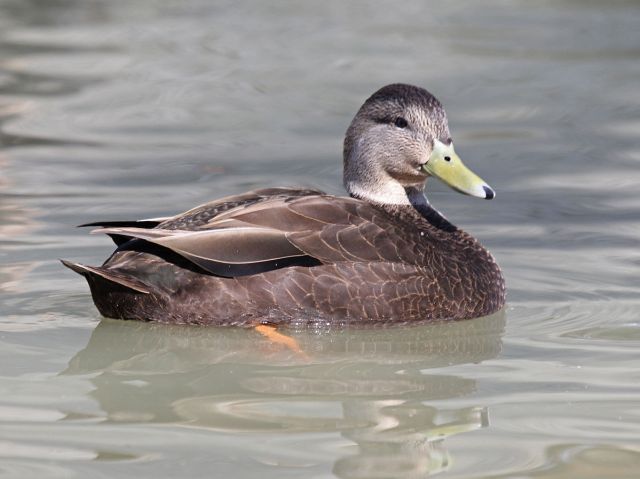
American Black Duck Photo by Dick Daniels
The American black duck, formally known as anas rubripes, is a large dabbling duck that is found throughout most of eastern North America. It is found in many aquatic habitats, omnivorious, and migratory. They are fairly common but have been declining for a long time.
American black ducks are similar in appearance to a female mallard (anas platyrhynchos). There are however several easy ways to tell the two species apart. The black duck is noticeably larger and as evidence from the name, a dark colored duck throughout most of its body. The exception to this is the head, a black duck’s head is much lighter than the rest of its body.
Black ducks can be found in a variety of aquatic habitats. They often use freshwater wetlands for breeding. In winter they are typically found in saltwater marshes, but they can also be found in flooded timber, beaver ponds, and river areas.
Black ducks are omnivores and will eat a variety of foods. They eat aquatic insects, which are the primary food eaten during the breeding season, and also seeds and tubers. While migrating, black ducks will eat the seeds and fruit of terrestrial plants, foliage, tubers and seeds of aquatic plants, a variety of grains, invertebrates, and sometimes amphibians or fish. Other foods eaten by black ducks include: widgeon grass, eelgrass, acorns, grains, seeds from wild rice, sedges, pondweed, bulrushes, millet, and many similar foods. According to Wildlife of Virginia and Maryland and Washington, D.C., “Animal foods, more important in winter, include clams, mussels, and snails” (150).
American black ducks breed throughout the northern east coast and into most of eastern Canada. They form (or reform) pairs in the winter. They will start to nest in February in the southern parts of their breeding range, but in the northern parts, pairs will wait until late May. The nest is usually concealed in tidal marshes, freshwater wetlands, meadows, wooded borders, swamps (particularly those made as a result of beaver activity) or thickets. The nests will occasionally be made in abandoned nest found in trees. According The Birders Handbook, a typical black duck nest is a “depression in the ground filled with dry grass, leaves” and other debris. “During incubation, the nests are lined with down” (62).
Black ducks begin to assemble near their breeding grounds around the beginning of September. Soon after that, in September or the beginning of October, they will follow the coast or rivers to arrive in their wintering grounds. Black ducks are hardy and their wintering grounds stretch from Nova Scotia through the mid-Atlantic states.
Black Ducks have been in decline for several years. In fact, the North American Breeding Bird Survey tallied a decline of 84% in the period between 1966 and 2014. Fortunately, this trend has appeared to slow down since 2004. The 2014 State of the Birds Watchlist does not include the American black duck. Things that contribute to declines in the black duck population include, urbanization, logging, and farming. Overhunting has probably also contributed to the species decline. Black ducks were hunted extensively in the 1960s and 1970s. Estimates from that time were that 800,000 black ducks were killed by hunters per year. After a lawsuit from the Humane Society of the US, strict hunting regulations were put in place to stop the overhunting of black ducks. Now, the estimate of black ducks killed by hunters is down to 115,00 per year. Another factor that may lead to the decline is hybridization with the mallard. When forests are logged, the more adaptable mallard begins to take over and hybridize with the remaining black ducks. Also, black ducks are affected by pollution which causes water quality to degrade even more.
All in all, the American black duck is an interesting puddle duck found in eastern North America. They are migratory and experiencing declines throughout their range.

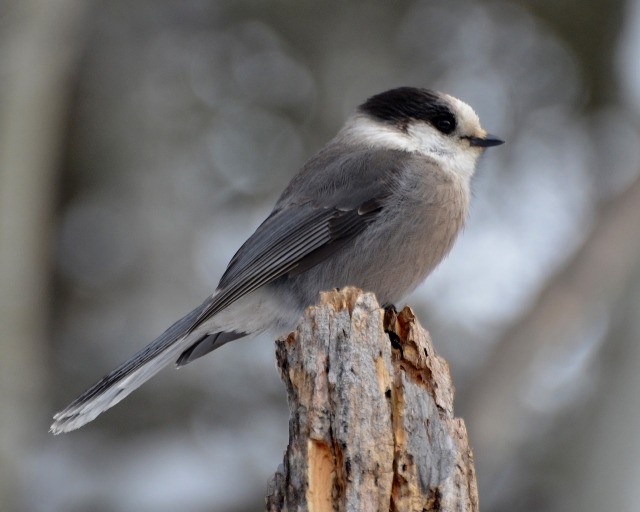 Did you know that the Canada jay commonly takes food from hikers and campers? The Canada jay (
Did you know that the Canada jay commonly takes food from hikers and campers? The Canada jay (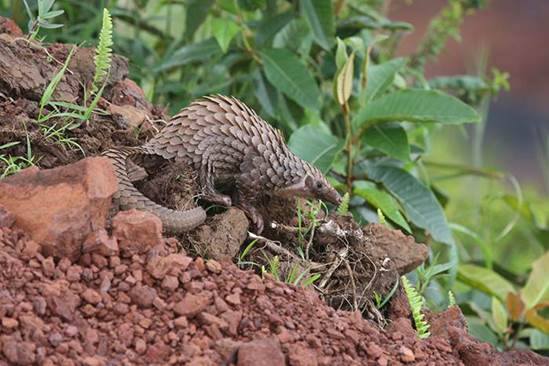
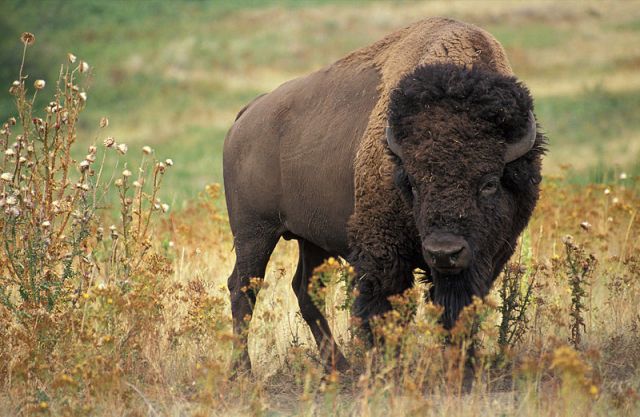 For the first time in a century wild American bison have returned to Banff National Park in Alberta, Canada. A group of 16 bison were released earlier this month as part of a five year plan to reintroduce them. Bison roamed in the park in the early 1900’s but due to human interference they were extirpated.
For the first time in a century wild American bison have returned to Banff National Park in Alberta, Canada. A group of 16 bison were released earlier this month as part of a five year plan to reintroduce them. Bison roamed in the park in the early 1900’s but due to human interference they were extirpated.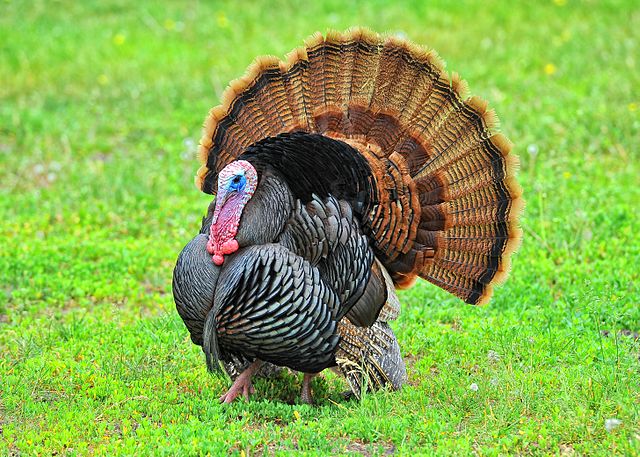
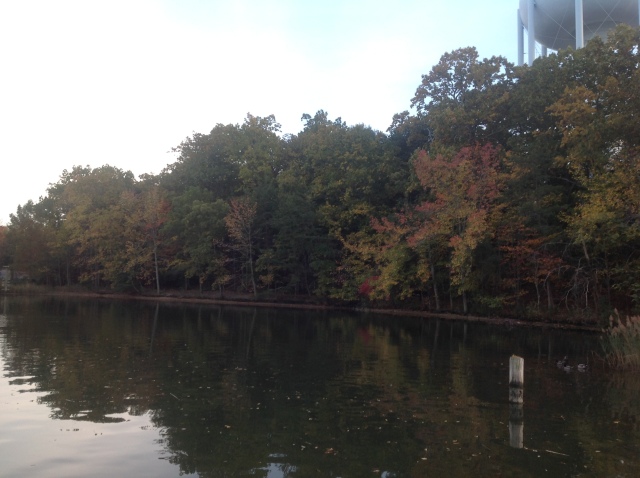
 By Sophie Bose
By Sophie Bose